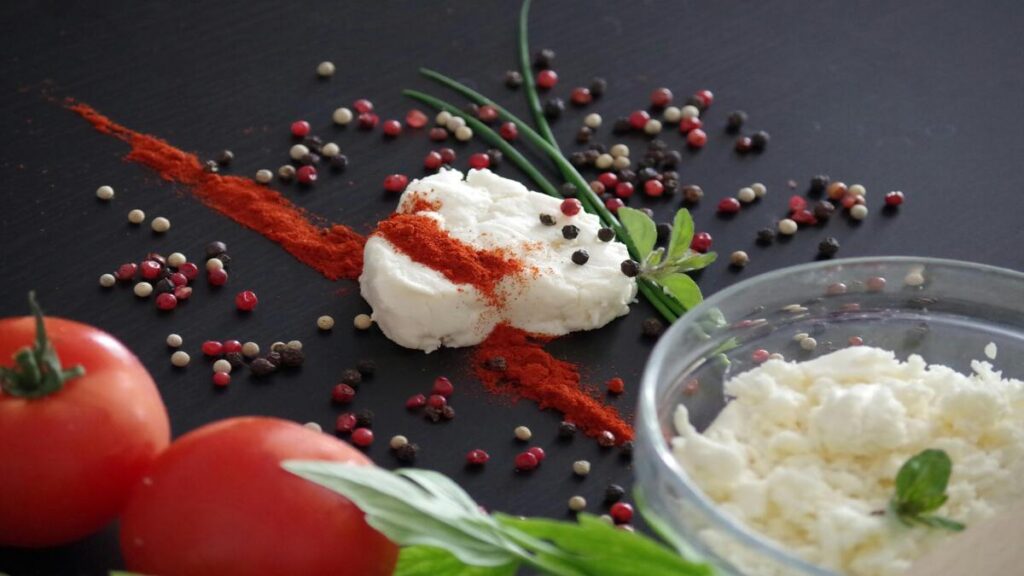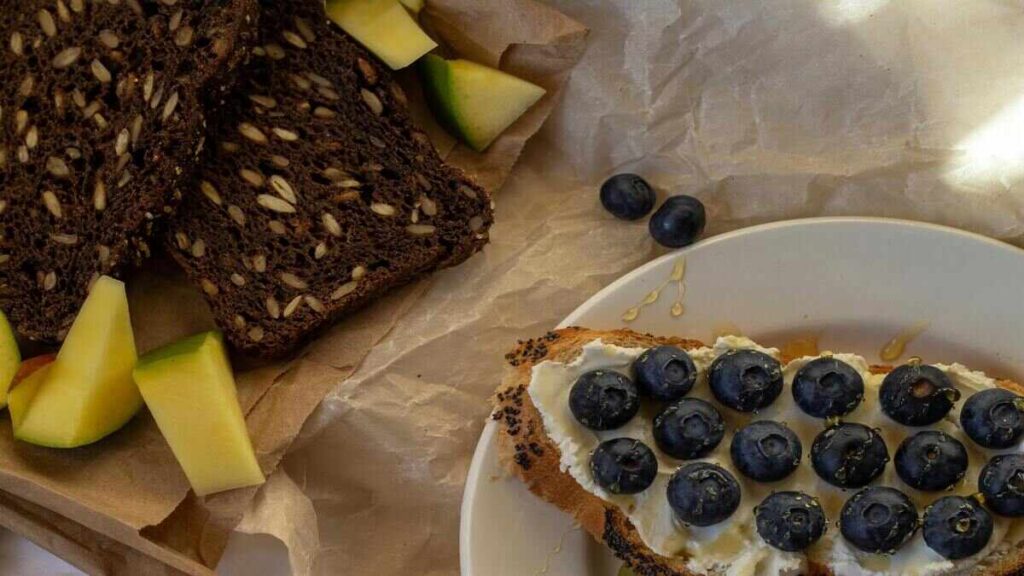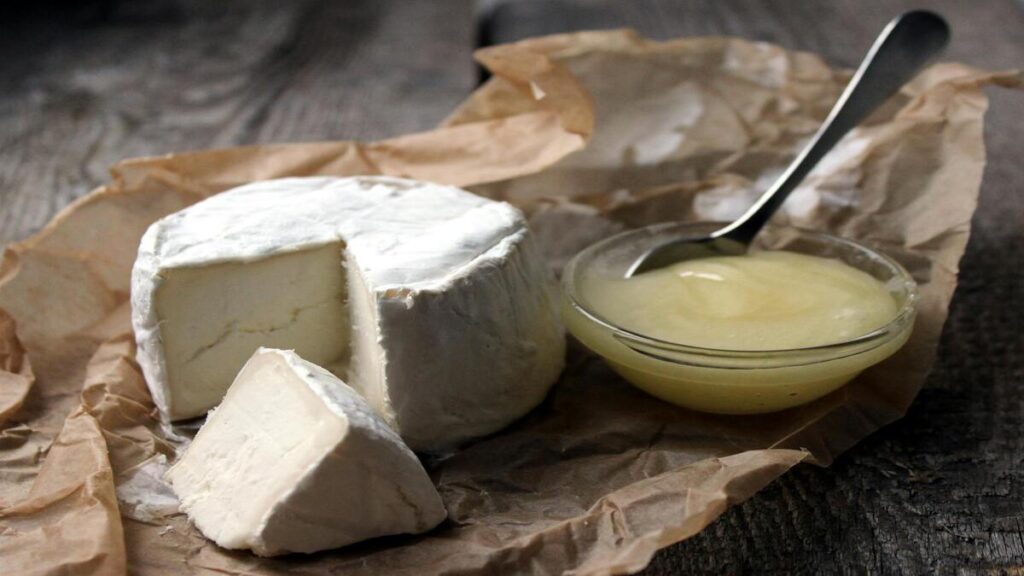Introduction
Cottage Cheese with its creamy texture and tangy flavor, is a versatile dairy product loved by people worldwide. Whether enjoyed on its own, as a topping, or incorporated into various dishes, this protein-rich food is a staple in many diets. Making cottage cheese at home might seem daunting, but it’s surprisingly simple and rewarding. In this blog, we’ll delve into what cottage cheese is, its origins, health benefits, and provide a comprehensive guide to making it yourself.

What is Cottage Cheese?
Cottage cheese is a fresh cheese known for its curds and mild taste. Unlike aged cheeses, it is not ripened, which gives it a soft and creamy consistency. It’s made by curdling milk with an acidic agent, separating the whey, and then optionally adding cream for a richer texture. It’s highly nutritious, offering a good dose of protein, calcium, and other essential nutrients.
The Origin of Cottage Cheese
Cottage cheese has humble beginnings. Its name originates from the practice of making it in cottages from leftover milk. While its exact origin is unclear, cottage cheese has been a part of diets across Europe and North America for centuries. It became particularly popular in the United States during the early 20th century as a low-fat, high-protein food.
Ingredients Needed
To make cottage cheese at home, you only need a few simple ingredients:-
- Milk: Use whole milk for a creamier texture or low-fat milk for a lighter version.
- Acidic Agent: White vinegar, lemon juice, or rennet can be used to curdle the milk.
- Salt: For seasoning.
- Cream (optional): To make the cheese richer and creamier.
Equipment Needed
- A large pot
- A thermometer
- Cheesecloth or a fine mesh strainer
- A slotted spoon
- A mixing bowl
- A colander

Step-by-Step Preparation
Step 1: Heat the Milk
- Pour the milk into a large pot and heat it gently over medium heat. Use a thermometer to monitor the temperature. Heat the milk to 85°C (185°F), but do not let it boil.
Step 2: Add the Acidic Agent
- Once the milk reaches the desired temperature, remove it from heat. Gradually add your chosen acidic agent (e.g., 4 tablespoons of white vinegar or lemon juice) while stirring gently. You’ll notice the milk starting to curdle, forming curds and whey.
Step 3: Let it Sit
- Cover the pot and let it sit undisturbed for about 30 minutes. This allows the curds to form fully.
Step 4: Strain the Curds
- Line a colander with cheesecloth and carefully pour the curdled milk into it. Let the whey drain out. You can save the whey for other recipes, like smoothies or soups.
Step 5: Rinse and Press the Curds
- Rinse the curds under cold water to remove any acidic taste. Gently press the curds with the back of a spoon to remove excess moisture.
Step 6: Add Salt and Cream
- Transfer the curds to a mixing bowl. Add a pinch of salt for flavor. If you prefer a creamier consistency, stir in some cream.
Step 7: Chill and Serve
- Refrigerate the cottage cheese for at least an hour before serving. It’s best enjoyed fresh but can be stored in an airtight container for up to a week.

Health Benefits of Cottage Cheese
- High in Protein: Cottage cheese is an excellent source of protein, making it ideal for muscle repair and growth.
- Rich in Calcium: It supports bone health and helps prevent osteoporosis.
- Low in Calories: A great choice for those looking to maintain or lose weight.
- Versatile Nutritional Profile: Contains vitamins like B12 and essential minerals such as phosphorus and selenium.
Additional Tips and Information
- Use Fresh Milk: Fresh milk yields better-tasting cottage cheese.
- Experiment with Flavors: Add herbs, spices, or fruits to customize the flavor.
- Reusing Whey: The leftover whey is packed with nutrients and can be used in baking or cooking.
Best Ways to Serve Cottage Cheese
- As a Snack: Enjoy it plain or topped with fruits like berries or pineapple.
- In Salads: Add it to a fresh salad for a protein boost.
- With Crackers: Spread it on whole-grain crackers for a healthy snack.
- As a Dip: Blend it with herbs and spices for a creamy dip.
Nutritional Information
- Calories: Approximately 100 calories per half-cup (low-fat version).
- Protein: Around 12 grams.
- Fat: 2-4 grams (varies based on milk type).
- Carbohydrates: 3-4 grams.
Prep Time and Cook Time
- Prep Time: 10 minutes
- Cook Time: 40 minutes
- Total Time: 50 minutes

Conclusion
Homemade cottage cheese is not only delicious but also a healthier and more economical alternative to store-bought versions. With just a few simple ingredients and basic equipment, you can enjoy fresh, creamy cottage cheese tailored to your taste. It’s a nutritious addition to any meal and a great way to explore the art of cheese-making.
FAQs
Q: Can I use non-dairy milk to make cottage cheese?
- No, cottage cheese requires the casein protein found in dairy milk to form curds.
Q: How long does homemade cottage cheese last?
- Store it in an airtight container in the refrigerator for up to a week.
Q: Can I make cottage cheese without a thermometer?
- Yes, but a thermometer ensures precise temperature control, which improves the results.
Q: What can I do with leftover whey?
- Use it in soups, smoothies, bread recipes, or as a protein drink.
Embark on your cottage cheese-making journey today and enjoy the satisfaction of creating something fresh and wholesome right in your kitchen!
For more dishes look here :-recipehubtoday.com
